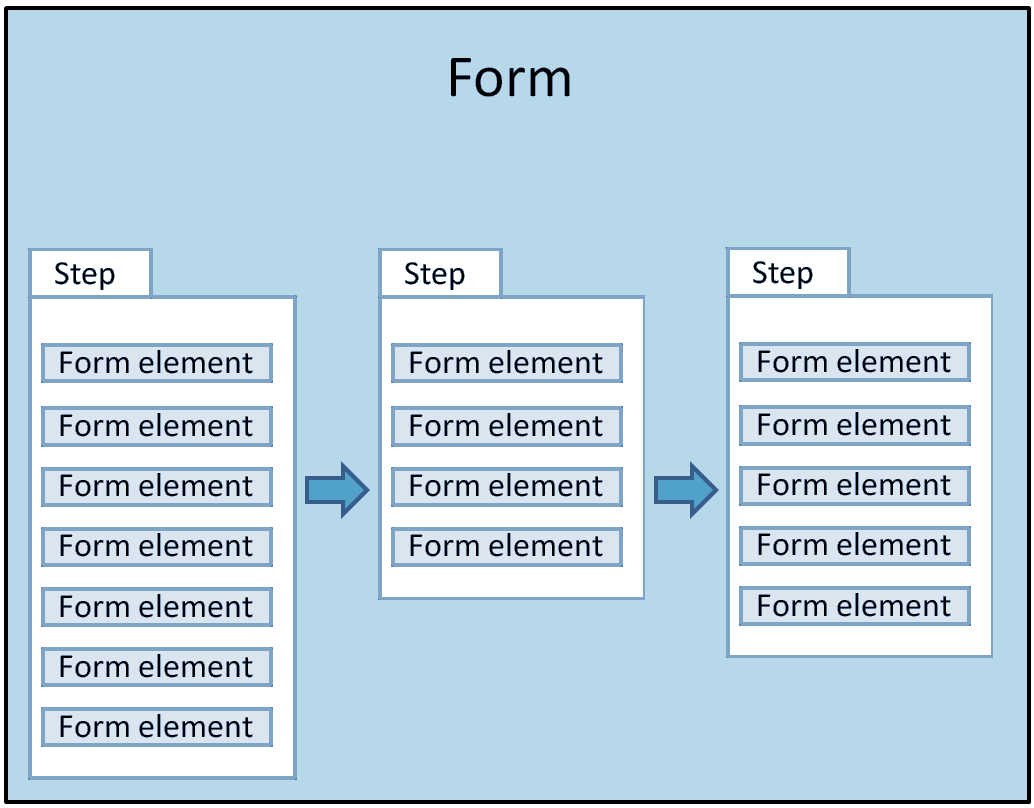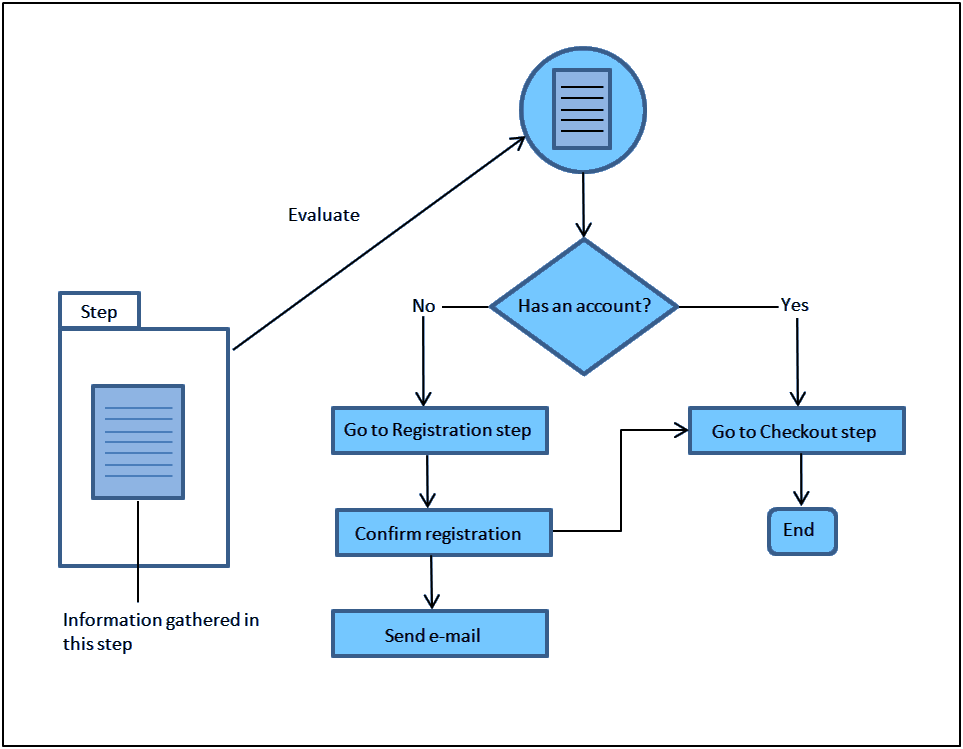Forms are used to handle interaction with website visitors. Generally, a form consists of steps the visitor walks through in which they enter data in fields, select options from drop-down lists, and so forth. At the conclusion of this process, the form is submitted and the information is passed on to the designated person, back-office system, and so forth. At each step in the process, the data the visitor submits can be validated to ensure that it conforms to the structure or syntax required, for example that email addresses follow the required rule (username@x.y) or that a postcode or bank account number is formatted correctly. In addition to validation, handlers and routers can be used to spawn other actions based on the information the visitor enters. All of these features put together make Interactive Forms an extremely powerful and flexible tool that allows you to create forms that range from simple to highly complex.
Creating forms using the Interactive Forms component is a very straightforward and visual process. Steps for the form are created onto which form elements are placed. Each form element can be individually configured and the structure of the step is easily understood because of the WYSIWYG layout. During the process of creating a form, you can preview it to see how it will appear to website visitors in your specific presentation.
In addition to forms, you can also create form sections with the Interactive Forms component. A form section is a set of fields that you can reuse in two or more forms. This is extremely useful if you create forms that share an identical sequence of fields. All you have to do is create a form section with the fields you want to reuse and add the form section element in every form that will use those shared fields. Forms can also be imported and exported which makes it easy to create them once and then copy them to one or more websites.
Interactive Form Sequence of Events
Forms consist of one or more steps, each of which contains form elements. The form elements are the basis of the form's interface. By default, Interactive Forms contains eighteen elements that you can use to build the interface of each step in a form. Note: The number of form elements can also be extended by a developer to offer more form options.
The flow of a form can be visualized as shown below. Each form contains one or more steps each of which contains one or more form elements. The website visitor fills in information in the form elements and then navigates to the following step until they reach the last one:
During each part of the process of interaction with the website visitor, you can evaluate what information is submitted and based on the result of that evaluation, you can spawn actions and/or alter the flow of the process. At the step level, you can define "Handlers", "Pre Handlers", and "Routers" that determine the subsequent flow of the form based on the results of the evaluation of the information submitted in the step. For example:
The information gathered by each form element in a step can be validated by "Validators" that ensure that the format of the input conforms to the syntax/structure required. For example, dates conform to the format dd/mm/yyyy, numerical fields contain only numbers, and so forth.
Forms, like pages, page sections, and Media Repository items can have different versions. This allows you to be able to save multiple versions of a form which gives you the flexibility to see the differences between form and form section versions and to activate and deactivate these versions at will.
An interactive form can have multiple language versions. All interactive forms exist in each of the supported languages. Unlike pages and page sections, different language versions of a form always have the exact same form element structure. The only difference between language versions of a form are the language labels that appear above each form element. See Language Versions for complete information.

